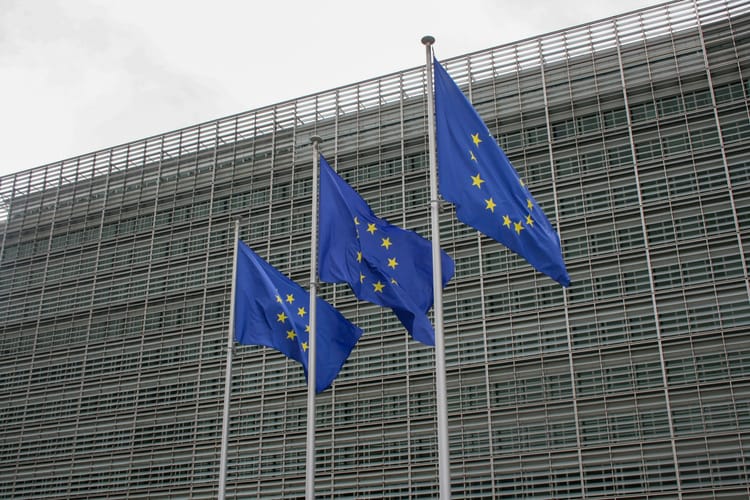TotalEnergies and Sinopec to collaborate on low-carbon energy

France’s TotalEnergies and China’s Sinopec have signed an agreement to collaborate on the development of biofuels, green hydrogen, carbon capture and storage and energy decarbonisation.
Signed today (May 7) during Chinese President Xi Jinping’s state visit to France, the partnership further deepens the climate collaboration between the two firms, after they agreed to jointly develop a sustainable aviation fuel production unit at one of Sinopec’s refineries earlier this year.
With the new deal, the companies – with a combined market capitalisation of more than €250 billion – are seeking to “leverage their respective expertise” to capitalise on the new opportunities presented by the low-carbon transition.
TotalEnergies low-carbon investments
TotalEnergies was ranked higher than Sinopec in a recent Carbon Tracker assessment of oil and gas companies’ strategic alignment with the Paris Agreement – though no company was found to be fully aligned.
In another analysis of Western oil majors’ climate disclosures, published in March, the company scored 73%, close to the 80% indicating a robust transition plan and second only to Italy’s Eni.
The French company is aiming to produce about 50% of its energy in the form of renewable electricity and 25% in the form of biogas, hydrogen or synthetic liquid fuels by 2050, reducing its oil and gas production to one million barrels per day – about one quarter of its expected 2030 production.
However, a 2023 analysis of these plans by Reclaim Finance suggested that TotalEnergies’ diversification strategy was too reliant on natural gas, with a projected 50% increase in LNG production by 2030.
In 2023, TotalEnergies invested about US$5.9 billion in low-carbon energies, increasing renewable electricity production capacity by 6 GW, as well as storage, flexible production, and distribution. At the same time, it invested almost US$11 billion in oil and gas activities, including new projects.
Sinopec and carbon capture
Meanwhile, Sinopec’s climate efforts have been largely focused on carbon capture: the company launched a specialised unit in 2022 and planned to have three large-scale CCUS facilities in operation by 2025.
Apart from that, the Chinese company ranks low in terms of alignment with the Paris Agreement, having no established emissions reduction targets or remuneration incentives for decarbonisation.
Oil and gas firms under scrutiny
Despite their investments in low-carbon technologies, oil and gas companies remain under fire for their low levels of climate ambition – and for failing to act to reduce emissions from fossil fuel combustion (their Scope 3 footprint).
Most oil majors have increased emissions since the Paris Agreement, and despite their commitment to net zero by 2050, many have recently scrapped plans to reduce production and lowered their near-term climate targets, arguing going through the energy transition too fast would create “perilous” uncertainty.







Member discussion